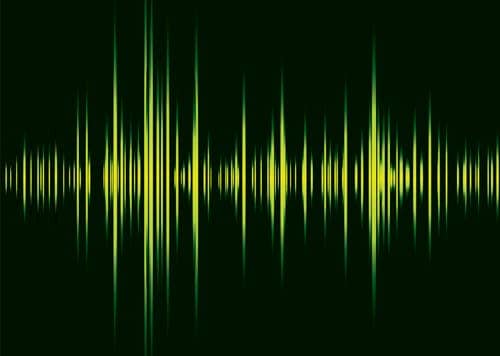We all need a bit of quiet in our lives sometimes, but have you ever took a minute to ponder what ‘total silence’ might feel like? It’s scary. Every bodily function, otherwise unnoticed, now sounds like a freight train. Feels like it, anyway. You can even hear your heart beats. Though not exactly ‘perfect silence’, a team of researchers at Hong Kong University of Science and Technology have come mighty close. They report 99.7% absorption of low frequency pressure waves (sound) using subwavelength structures or materials.
Their sound absorber is a dissipative system composed of two resonators, both tuned to the same frequency. Their impedance also matches that of the environment, or air in our case, which keeps reflections to a minimum. Overall, the resulting system basically destroys sound. “Owing to its subwavelength dimensions, acoustic waves incident from any direction will be completely dissipated,” the researchers write in their paper.
Motherboard explains: “The set-up then was to use a thin absorbing material in conjunction with a hard reflecting layer, with a super-thin pad of air in between. The idea was that waves would leak through the weakly absorbing material, bounce off the reflective surface, and then collide with the incoming waves in such a way to create interference and neutralize the sound.”
How this is works, very briefly, is that when sound hits the first material it will naturally want to scatter, only it will do so – this time – at the natural frequency of the resonator. The second resonator is tuned to just the right frequency, though, enough to create a destructive pattern. So, the scattered waves are canceled and almost everything is absorbed (99.7%). That’s 50 dB noise reduction, which is a heck of a lot. Can you think of any worthwhile practical applications to this?
Was this helpful?




